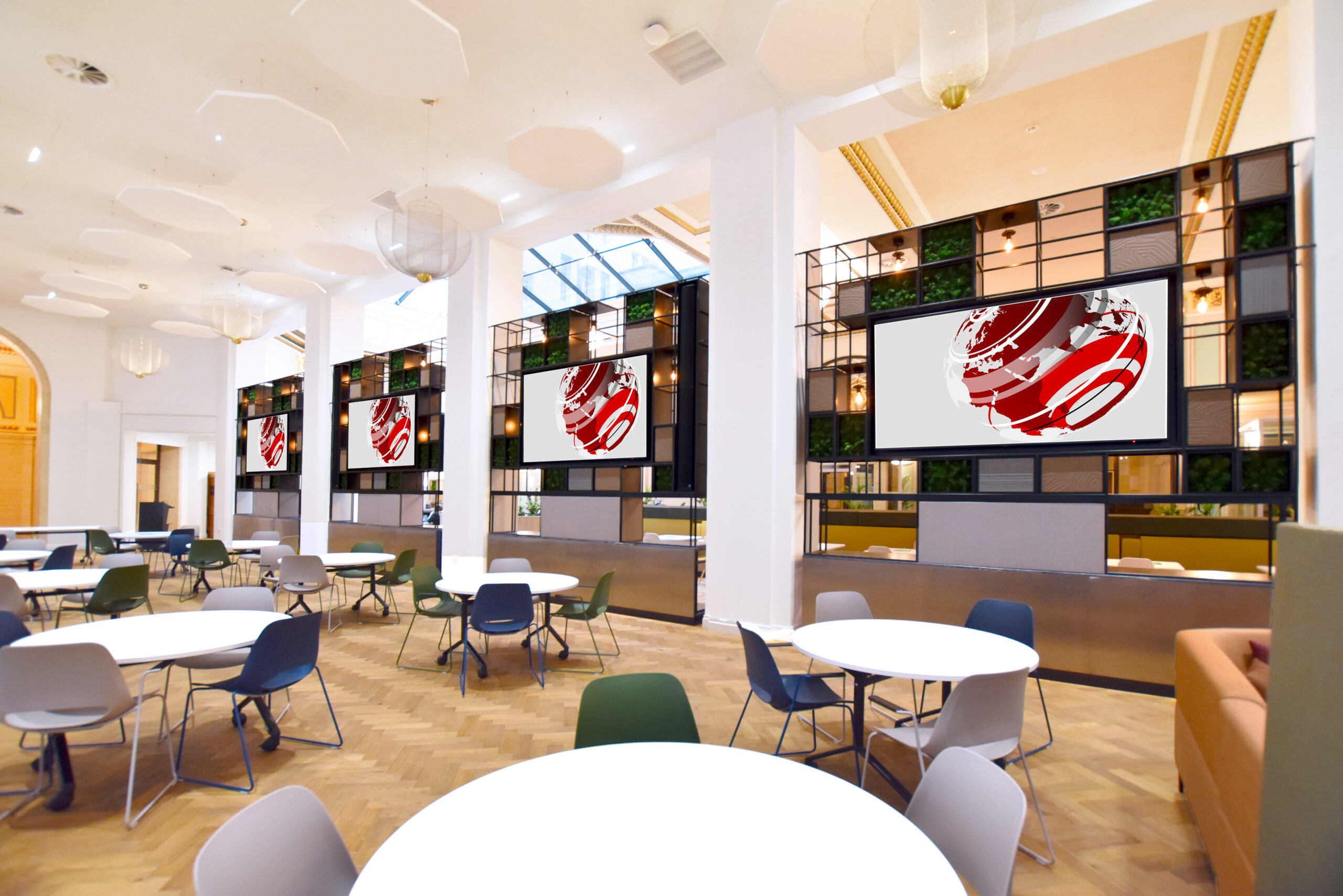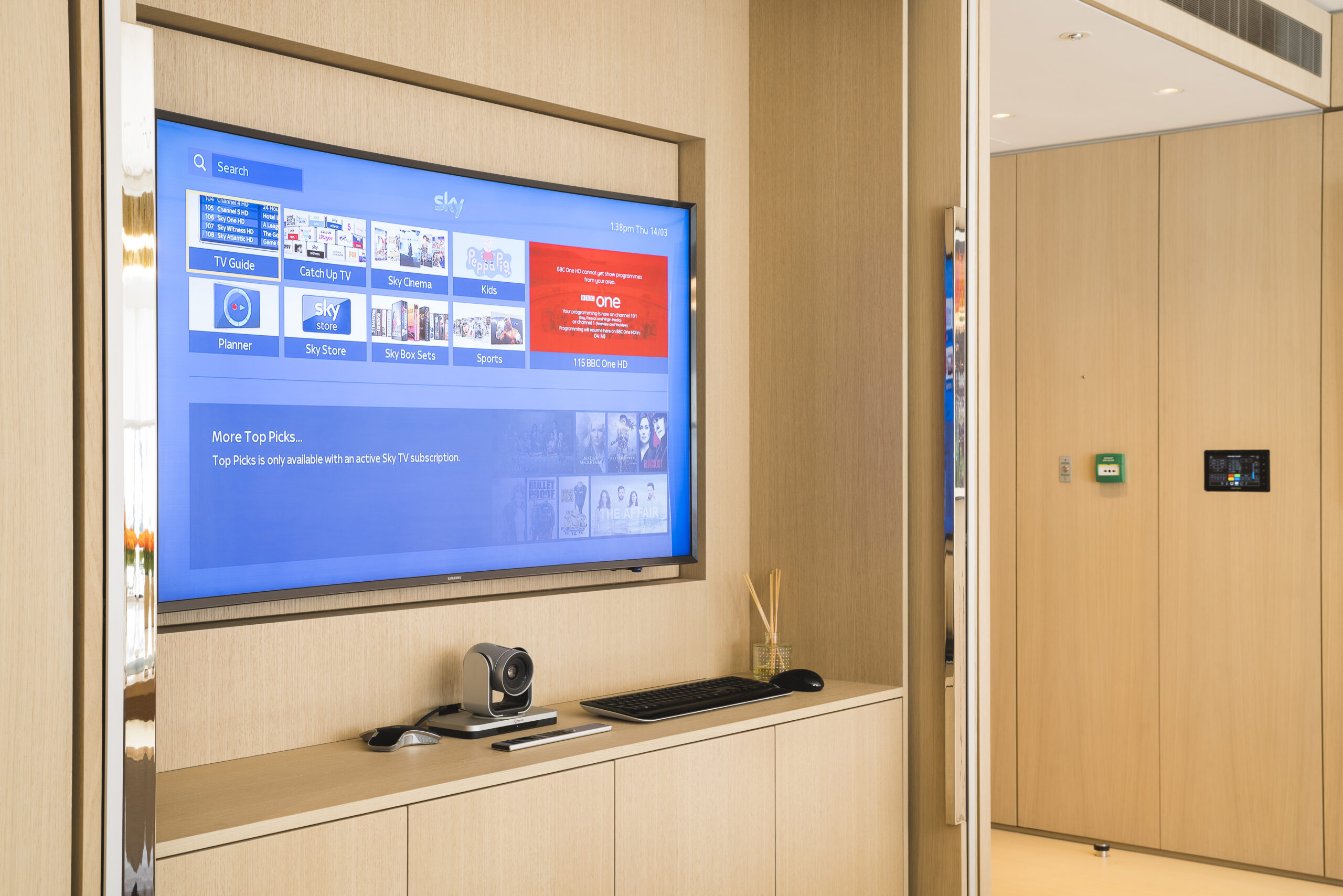
What is Data Networking?
Data networking is the transference of data between two or more access points. These access points include those between servers and devices such as computers, touchpads and more. This transference is facilitated wholly or mostly via cabling.
Types of Cabling
Category 8, or Cat8, is the latest IEEE standard in copper Ethernet cable. It uses standard RJ45 connectors and is backward compatible with previous standards. While it represents a significant leap in data transfer speed over the earlier Cat7 and Cat6a cables there are times when running new cables isn’t feasible, practical or even possible. These instances include Heritage buildings or even when extending a network to areas with poor Wi-Fi coverage. A practical solution is to use legacy cable infrastructure like telephone wires, 2-core cables, or coaxial cables for robust data networking.
Some of the solutions available include:
G.fast Technology
This technology enhances the data transfer speeds over existing copper telephone wires. It can deliver fibre-like speeds by using a broader range of frequencies and advanced noise-cancelling techniques. As well as high speed, it provides many other data networking benefits such as quick installation, low latency and reliability
DOCSIS (Data Over Cable Service Interface Specification)
This is a standard used to provide high-speed internet over existing coaxial cable TV systems e.g. DOCSIS 3.1can offer gigabit speeds. Coaxial cables are shielded so are less susceptible to interference compared to wireless signals.
Ethernet over Coax (EoC)
This technology allows Ethernet signals to be transmitted over coaxial cables. This means existing coax infrastructure can be used for modern data networking needs. Apart from being cost effective, key benefits include high speed data transmission, easy installation and reliable connection.
Power Line Communication (PLC)
This method uses electrical wiring to transmit data, which can be useful in buildings where running new network cables is difficult. These can include old buildings with narrow interstitial spaces, retrofits and network extensions.
Summary
These and other technologies can help extend the life and utility of heritage sites. They offer the possibility of using existing cable infrastructure to deliver robust data networking solutions without extensive new cabling. They are some of the ways we can work with your teams to deliver the required level of connectivity and resource while working within existing architectural and environmental parameters.
If you are interested in learning more about solutions like these, or speaking to one of our specialists about your project, simply contact us. We offer free no-obligation consultations.
You can contact us here.



